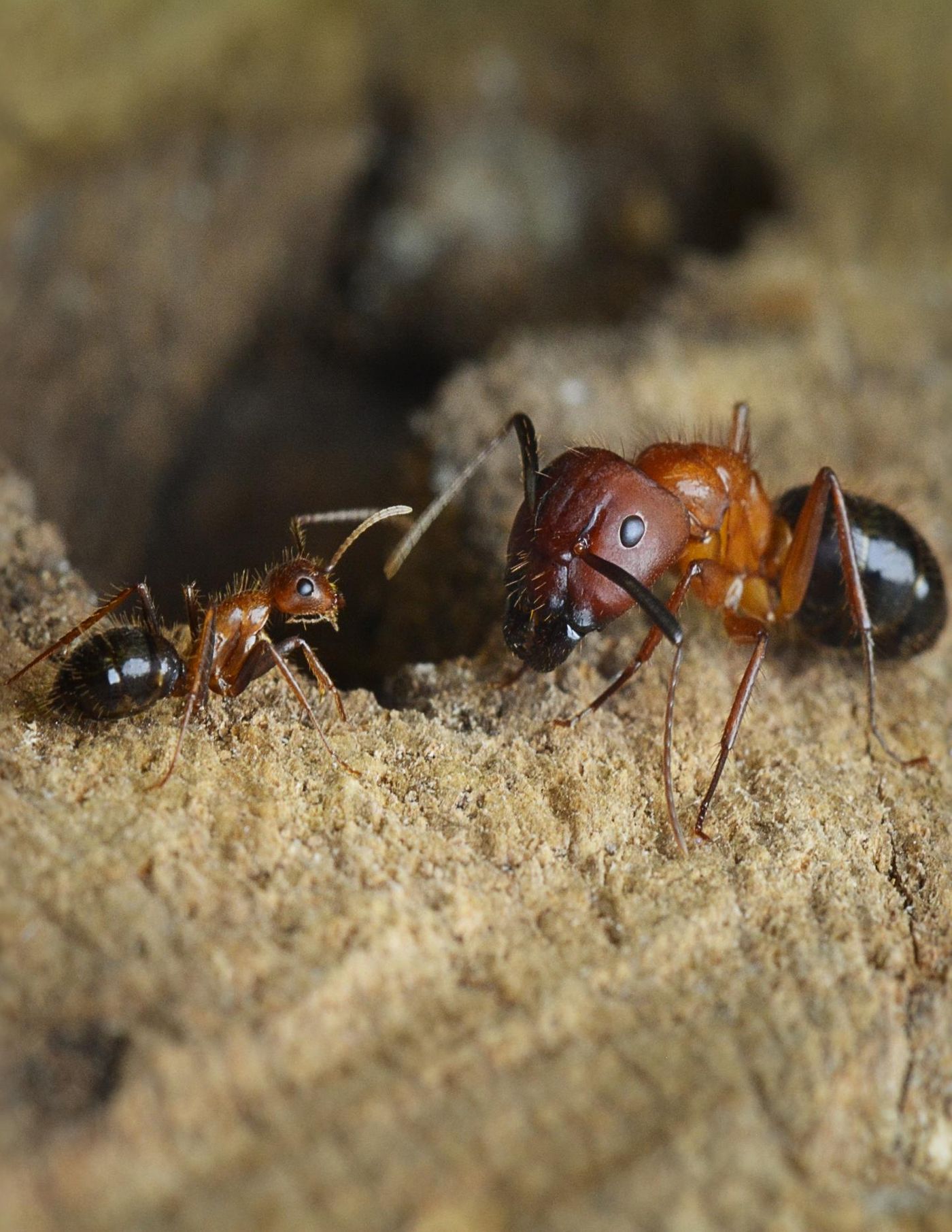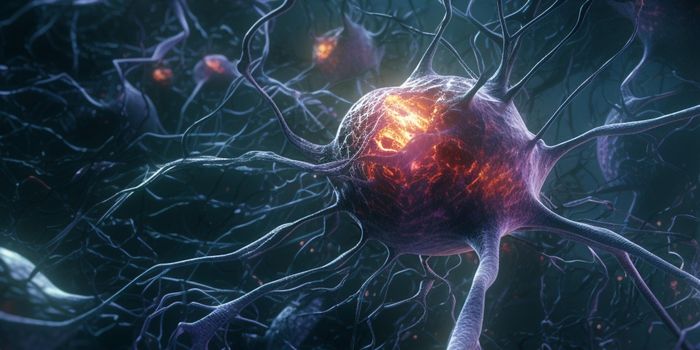An Epigenetic Switch Changes Warrior Ants Into Foragers
Several years ago, researchers were able to change the behavior of a type of carpenter ant, Camponotus floridanus. Two kinds of these ants have nearly the same genetic makeup, but they do very different things; Minor workers forage and take care of the brood, while Major workers act as soldiers that defend the colony. After treating the ants with a molecule called histone deacetylase (HDAC) inhibitor trichostatin A (TSA), the Major soldiers began to behave more like Minor foragers. In new work reported in Molecular Cell, the same research group has determined that epigenetic factors determine which group an ant will be a part of. A neural repressor called CoRest was found to be a big influence on the ants' behavior.
"We view this as an epigenetic mechanism," noted the senior author of the study Shelley Berger, the Daniel S. Och Professor of cell and developmental biology at the University of Pennsylvania School of Medicine. "The genomes are nearly identical, much like how the genome is the same in our tissues and organs. There are epigenetic changes that lead to cell differentiation, so we want to know what the epigenetic mechanisms are that are driving this dramatic difference at the organismal level in these ants."
To learn more about the biological basis of the ants' behavior, the scientists exposed them to TSA at specific times during early adulthood and assessed epigenetic characteristics and gene expression. The researchers identified the neural repressor CoRest during their investigation and saw that if Majors were reprogrammed by TSA and started to act like Minor foragers, many genes were also activated, genes that were normally only expressed in Minors.
"We also saw that CoRest is upregulated in these Major ants," said first author Karl Glastad, a postdoctoral researcher at the University of Pennsylvania.
CoRest was found to repress enzymes that break down a compound called juvenile hormone (JH), which is normally seen at high levels in Minors. Comparing natural Minors with Majors that were reprogrammed, patterns were mirrored; there were high amounts of CoRest and JH, and little JH was being degraded. "This is pretty strong evidence that chromatin regulation through CoRest is playing a major role in differentiating social behavior in these ants," Glastad explained.
The ants could only be reprogrammed within a short window. Major soldiers could only be altered to forage for five days after hatching; after ten days it was no longer possible to reprogram them. "This means there is transient epigenetic plasticity that is linked to a long-lasting behavioral change," said Berger. "And it shows that an epigenetic mechanism can influence complex social behavior."
"The importance of timing, hormones, and how epigenetics regulates hormones all coalesce in this study," added Glastad. "What we've shown here in one case with ants is how this is epigenetically regulated at a very punctuated time, and we think there are parallels in other species."
Many animals carry CoRest, including humans. While it's known to reduce the activity of some neural genes, this evidence is some of the first to show that it has an influence on behavior. "We believe the activity of CoRest is highly conserved in Hymenoptera (ants, bees, wasps)," noted Berger. "They all have this complex sociality that is so fascinating, and we are using it because we think of it as a simple model to try and understand how complex sociality can be regulated."
The team wants to look at epigenetic changes in single brain cells to learn more. "We are trying to understand which cell types in the brain are being individually regulated," says Berger, "since we have some interesting early data that this change in CoRest regulation is occurring in a very specific cell type in the brain."
Sources: AAAS/Eurekalert! via Cell Press, Molecular Cell









